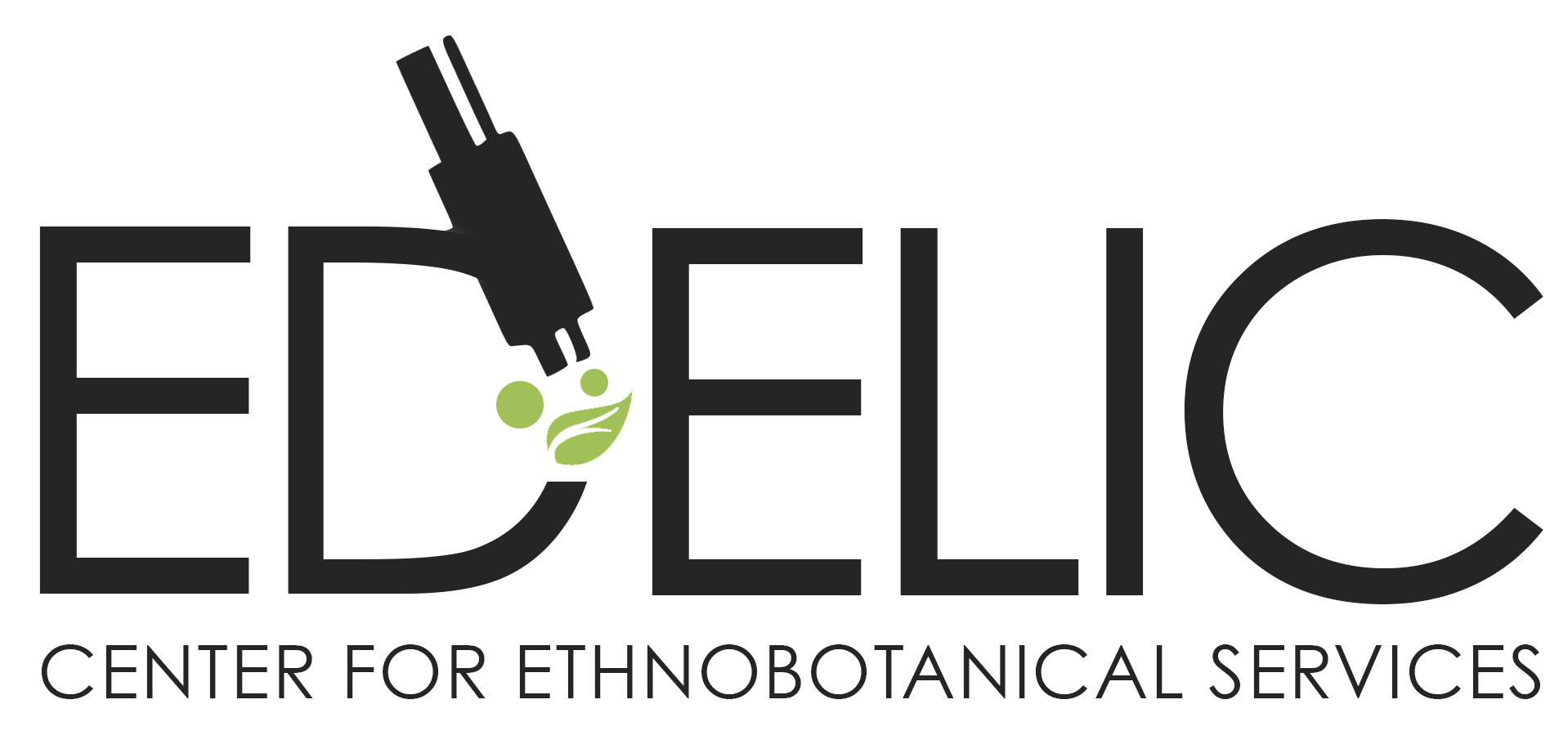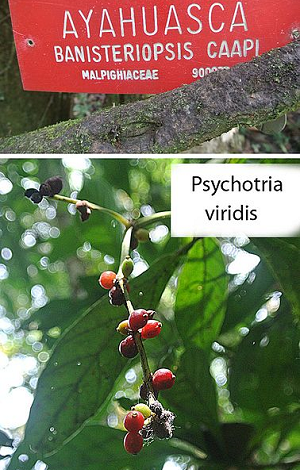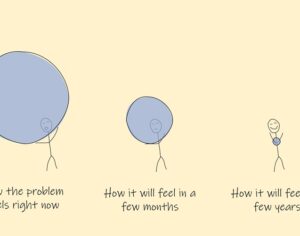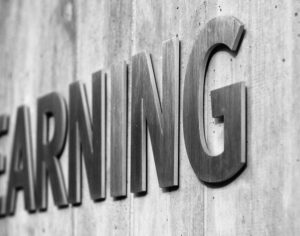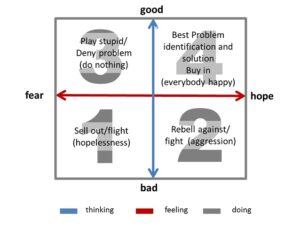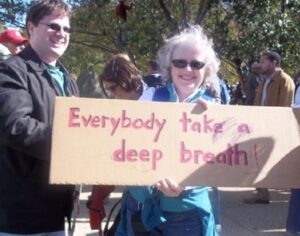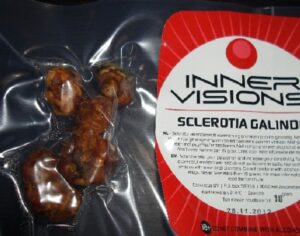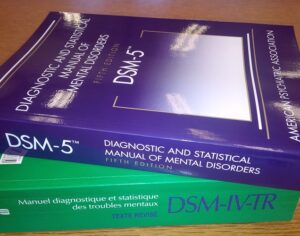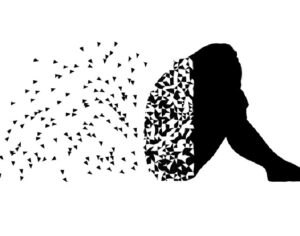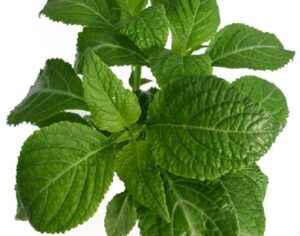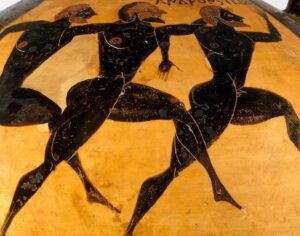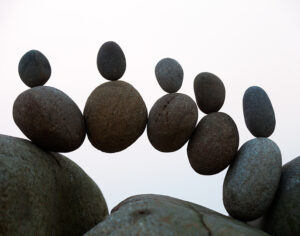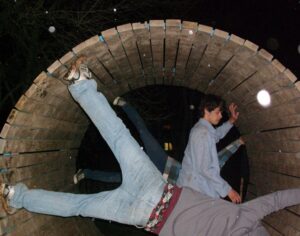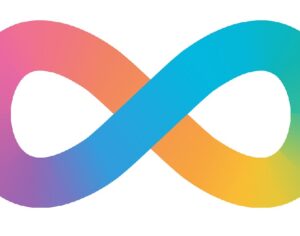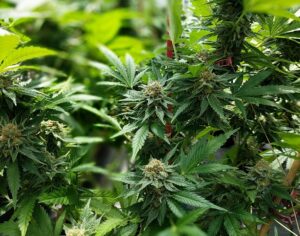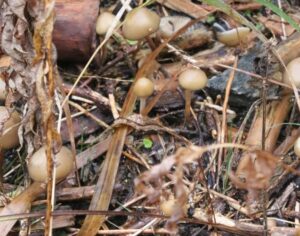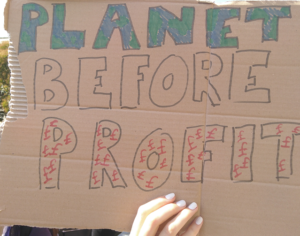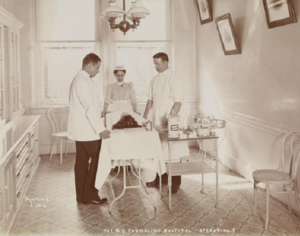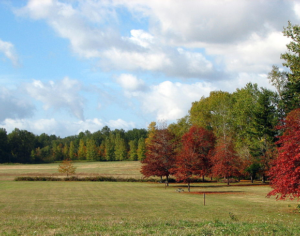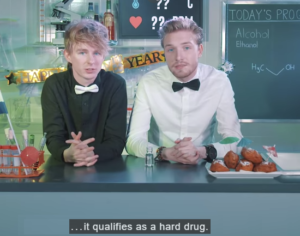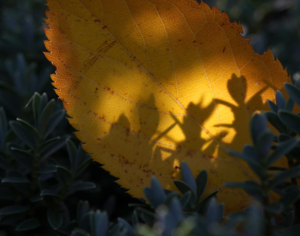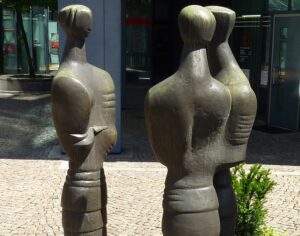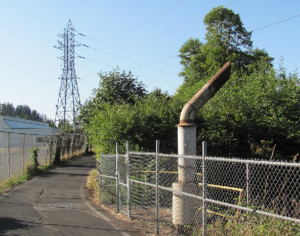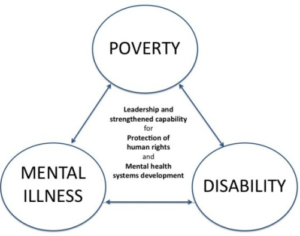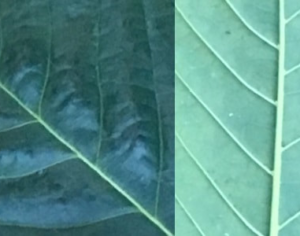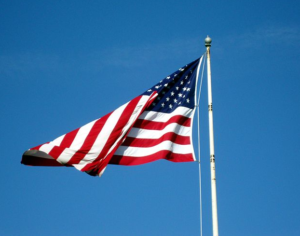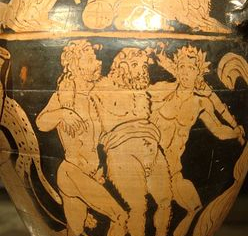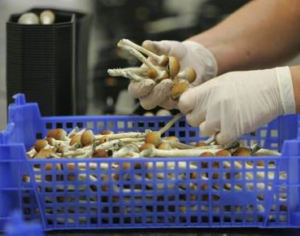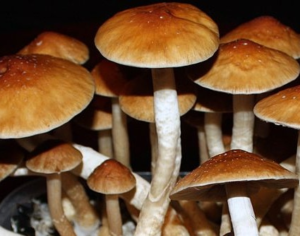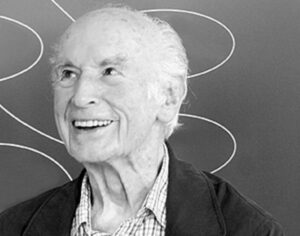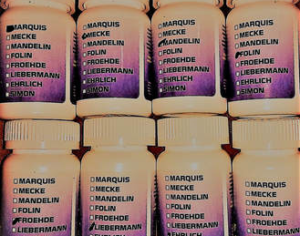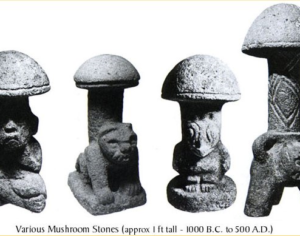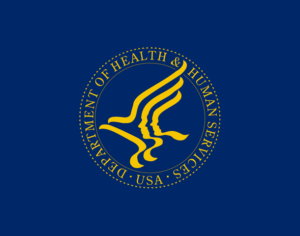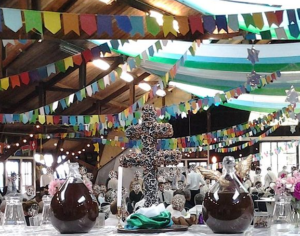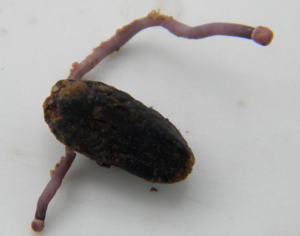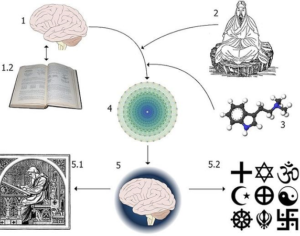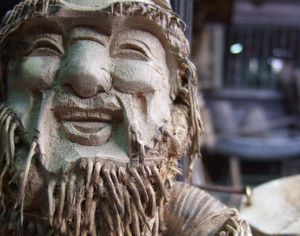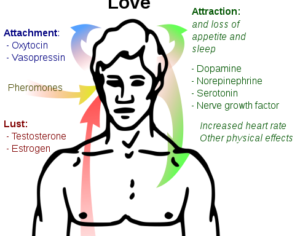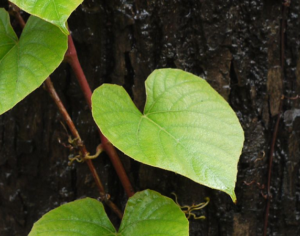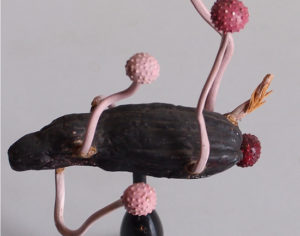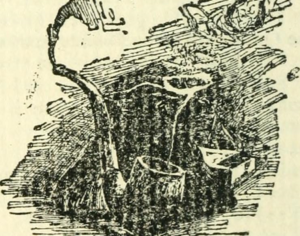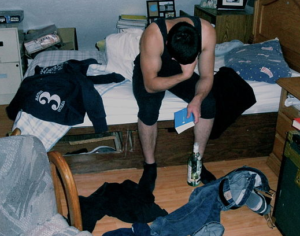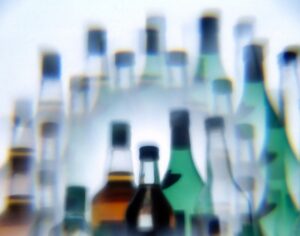The drug of choice for the age of kale
“Leanna Standish, a researcher at the University of Washington School of Medicine, estimated that “on any given night in Manhattan, there are a hundred ayahuasca ‘circles’ going on.”
The self-help guru Tim Ferriss told me that the drug is everywhere in San Francisco, where he lives. “Ayahuasca is like having a cup of coffee here,” he said. “I am very interested in bringing this ancient medicine from the Amazon Basin into the light of science,” Standish said. She is convinced that “it’s going to change the face of Western medicine.” For now, though, she describes ayahuasca use as a “vast, unregulated global experiment.” Most people who take ayahuasca in the United States do so in small “ceremonies,” led by an individual who may call himself a shaman, an ayahuasquero, a curandero, a vegetalista, or just a healer. [They serve] —“divine consciousness in liquid form”—at ceremonies in New York, Cape Town, Las Vegas, Bali. They showed me pictures of themselves harvesting plants in a verdant Hawaiian jungle, looking radiantly happy. I asked if they made a living this way. “We manifest abundance wherever we go,” she told me. Her boyfriend added, “Consciousness is its own economy.”… Having studied fMRIs and EEGs of subjects on ayahuasca, Araujo [a researcher not affiliated with the above couple] thinks that the brain’s “default-mode network”—the system that burbles with thought, mulling the past and the future, while your mind isn’t focussed on a task—is temporarily relieved of its duties. Meanwhile, the thalamus, which is involved in awareness, is activated. The change in the brain, he notes, is similar to the one that results from years of meditation. Dennis McKenna told me, “In shamanism, the classic theme is death and rebirth—you are reborn in a new configuration. The neuroscientific interpretation is exactly the same: the default-mode network is disrupted, and maybe things that were mucking up the works are left behind when everything comes back together.”
Original Article (New Yorker):
The Drug of Choice for the Age of Kale
Artwork Fair Use: Dick Culbert
